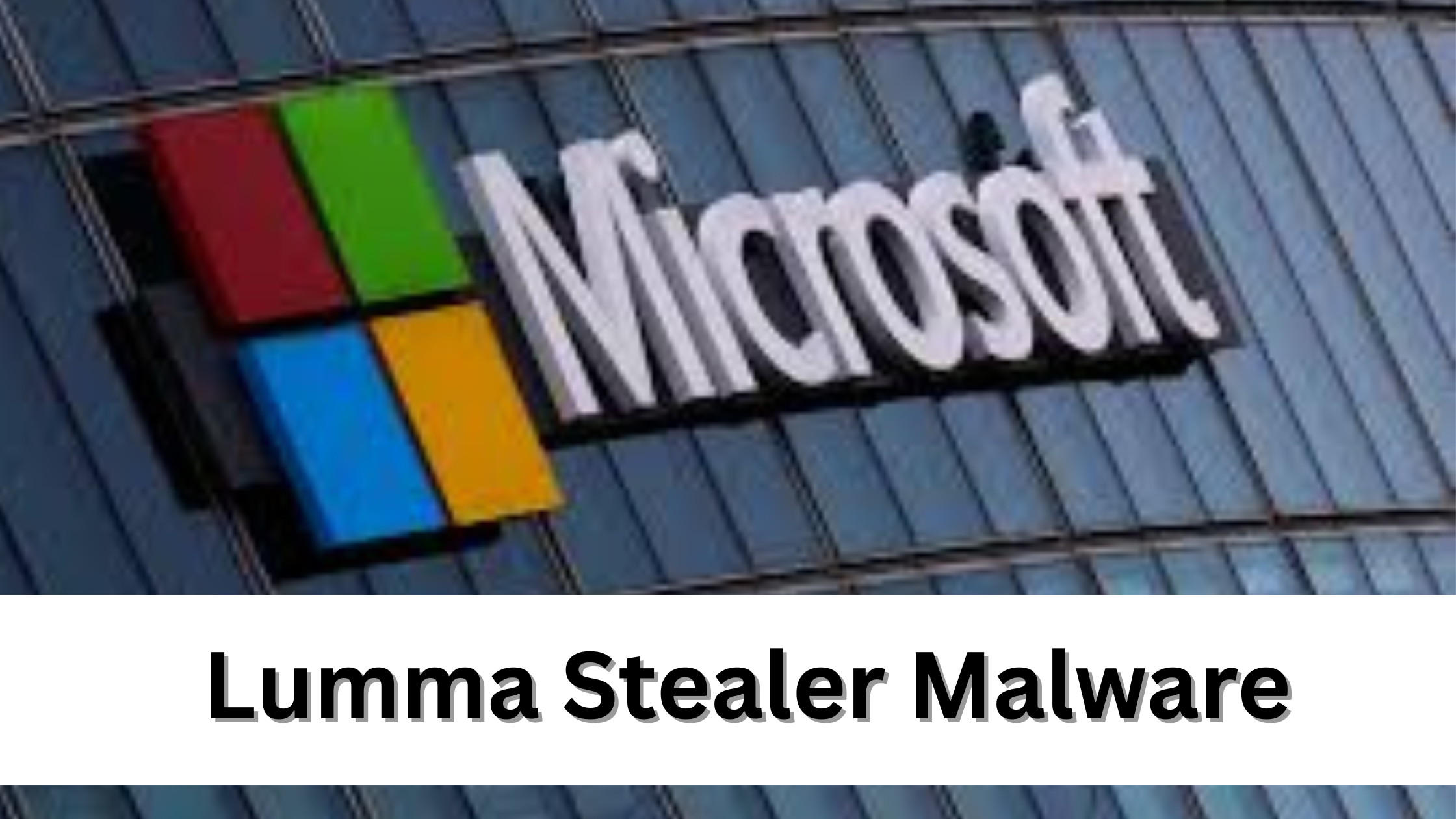Microsoft's Digital Crimes Unit Leads Global Operation Against Lumma Stealer

Microsoft’s Digital Crimes Unit (DCU) has taken the lead in a global operation to dismantle the Lumma Stealer Malware network, marking a significant victory in the fight against cybercrime. This malware network has been responsible for compromising hundreds of thousands of systems globally, affecting both individual users and organizations. The operation highlights the critical role of private-sector leadership in international cybersecurity initiatives.
Lumma Stealer Malware, a powerful malware-as-a-service (MaaS) platform, has facilitated widespread data theft, including credentials, banking information, and cryptocurrency assets. By leading this coordinated takedown, Microsoft’s DCU has demonstrated how proactive digital investigations can dismantle cybercriminal networks efficiently.
Understanding Lumma Stealer Malware
Lumma Stealer Malware, also called LummaC2, is designed to stealthily extract sensitive information from infected systems. Its primary targets include login credentials, personal identification details, financial information, and cryptocurrency wallets. Once the malware is deployed, it communicates with command-and-control servers to exfiltrate data, often without the user’s knowledge.
The malware is widely distributed via phishing campaigns, malicious advertisements, and compromised websites. Its availability as a service has lowered the barrier for cybercriminals, allowing individuals with minimal technical skills to launch attacks. The result has been a rapid spread across multiple countries and sectors.
Microsoft’s Digital Crimes Unit: Role and Strategy
The DCU specializes in investigating cybercrime, identifying malicious infrastructure, and pursuing legal remedies to mitigate threats. In this operation, the DCU conducted comprehensive threat analysis, mapping out the entire Lumma Stealer Malware network. Over several weeks, the DCU identified over 394,000 infected systems, providing critical intelligence for the takedown.
By combining legal action with technical measures, the DCU was able to neutralize thousands of domains serving as command-and-control hubs for the malware. The unit also collaborated closely with international law enforcement agencies to maximize the effectiveness of the operation.
International Cooperation in Action
The Lumma Stealer Malware takedown required the coordinated efforts of multiple global agencies, including:
-
U.S. Department of Justice (DOJ): Facilitated legal action and infrastructure seizure.
-
Europol’s European Cybercrime Centre (EC3): Assisted in suspending European-hosted domains.
-
Japan’s Cybercrime Control Center (JC3): Targeted local infrastructure in Asia.
-
Private cybersecurity firms: Provided technical support, threat analysis, and mitigation strategies.
This cooperation allowed authorities to disrupt both the technical and operational aspects of the malware network, preventing further infections and data theft.
Legal Measures: Domain Seizure and Mitigation
Legal action was a cornerstone of the operation. Microsoft filed a case in the U.S. District Court for the Northern District of Georgia, seeking to seize control of approximately 2,300 malicious domains. These domains functioned as command-and-control servers, distributing stolen data and facilitating remote access by cybercriminals.
Redirecting these domains to Microsoft-controlled sinkholes disrupted communication channels and allowed authorities to collect intelligence on the malware’s operations. This legal approach ensured a controlled takedown, minimizing unintended disruption to legitimate online traffic.
Targeting Cybercriminal Marketplaces
The U.S. Department of Justice played a key role in shutting down online marketplaces where Lumma Stealer Malware was sold. By removing these platforms, authorities significantly reduced the malware’s distribution channels, limiting its availability to other cybercriminals.
Marketplaces are crucial for malware-as-a-service operations, as they provide easy access to malicious tools. Disrupting these marketplaces ensures that takedowns have long-term effects, reducing the risk of resurgence.
Impact on Cybercriminal Networks
The group behind Lumma Stealer Malware, Storm-2477, faced severe operational disruption. With domains seized, infrastructure neutralized, and marketplaces shut down, their ability to deploy attacks globally was curtailed. Cybersecurity experts suggest that such takedowns not only disrupt immediate threats but also deter other cybercriminal networks from operating unchecked.
Authorities also gathered valuable intelligence on the malware’s methods, distribution channels, and operational patterns. This information will support ongoing cybersecurity efforts and improve readiness against emerging threats.
Key Lessons for Organizations and Users
The Lumma Stealer Malware takedown provides critical lessons for both organizations and individuals:
-
Enable Multi-Factor Authentication (MFA): Protect accounts even if credentials are compromised.
-
Regular Software Updates: Keep operating systems and applications patched to prevent exploitation.
-
Employee Cybersecurity Awareness: Train staff to identify phishing emails and malicious links.
-
Continuous Network Monitoring: Detect anomalies and respond to potential malware infections promptly.
-
Frequent Data Backups: Ensure critical data is recoverable in case of cyber incidents.
Implementing these practices strengthens defenses against malware like Lumma Stealer and reduces overall cybersecurity risk.
Strengthening Global Cybersecurity Initiatives
The takedown demonstrates the importance of public-private partnerships in combating cybercrime. Global threats require collaborative efforts between tech companies, law enforcement, and international organizations. The success of this operation illustrates how proactive measures, intelligence sharing, and legal action can neutralize sophisticated malware networks.
Microsoft’s DCU continues to monitor potential threats, providing updates and mitigation guidance to organizations and individuals. The operation against Lumma Stealer Malware serves as a model for handling future cyber threats efficiently and effectively.
Read Full Article : https://bizinfopro.com/news/it-news/microsoft-and-global-authorities-dismantle-lumma-stealer-malware-network-2/
About Us : BizInfoPro is a modern business publication designed to inform, inspire, and empower decision-makers, entrepreneurs, and forward-thinking professionals. With a focus on practical insights and in‑depth analysis, it explores the evolving landscape of global business—covering emerging markets, industry innovations, strategic growth opportunities, and actionable content that supports smarter decision‑making.
- Vibnix Blog
- Politics
- News
- Liberia News
- Entertainment
- Technology
- Образование
- Art
- Causes
- Crafts
- Dance
- Drinks
- Film
- Fitness
- Food
- Игры
- Gardening
- Health
- Главная
- Literature
- Music
- Networking
- Другое
- Party
- Religion
- Shopping
- Sports
- Theater
- Wellness



